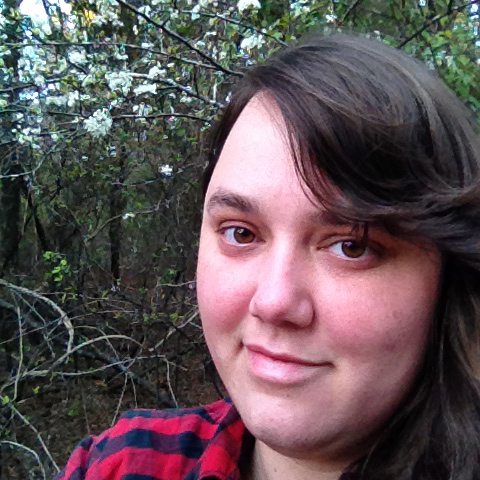Student spotlight: Tia Tyler
UF research student Tia Tyler studies germination of native wildflowers and exotic seeds
The Florida Wildflower Foundation provides scholarships for masters students studying wildflowers within the University of Florida’s Plant Restoration and Conservation Horticulture Consortium of the Department of Environmental Horticulture in Gainesville. Tia Tyler, the second of two students supported by FWF, is advised by Dr. Hector Perez, Associate Professor at the Plant Restoration and Conservation Horticulture Consortium at the Department of Environmental Horticulture, University of Florida. As more is learned about Florida’s native wildflowers in their habitats and their use is increased in urban landscapes, many new questions and challenges arise. Targeting these is the focus of researchers who methodically come to conclusions that improve growing and landscaping techniques.

“I’m excited to have another highly motivated graduate student in the lab working on wildflowers,” said Dr. Perez. “We expect that Tia’s work will shed some light on the competitive abilities between wildflower and weed seeds. The knowledge that Tia creates can be used to inform restoration practitioners and wildflower enthusiasts alike.”
Why wildflowers?
“I just love plants!” said Tia, who grew up in Sarasota County and started her masters studies in fall 2013. “Florida has so many unique ecologies, it as a fascinating place to study them. There is also something very special about studying plants I remember from my childhood here.”
Why did you choose to do your masters in plant restoration and conservation?
I am drawn to the interdisciplinary nature of studying ecological restoration from a horticultural perspective. Also, learning about plants has been a personal hobby for quite some time. It is exciting to have the opportunity to go further into this knowledge and contribute to a greater understanding of our wild areas.
Why are your project and its goals important?
My project looks at germination abilities of wildflowers and exotic species. Specifically, I will examine differences in seed response to temperature, depth of burial, and aging stress. How a seed responds to these conditions is linked to when it can emerge in nature. Two outcomes of this research are a better understanding of wildflower germination requirements, as well as evidence of competitive germination advantages in more aggressive species.
How did you decide that this to be your focus?
The project was developed through the work in Dr. Perez’s lab and conversations with restoration practitioners. There is so much potential for expanding our current knowledge of Florida native plants. It is exciting to be part of. Germination will be examined through simulated seasonal conditions in lab incubators. There will also be a field survey of seedling establishment at an active restoration site.
Which wildflowers will you work with?
I have begun work on Rudbeckia hirta (black-eyed Susan) and Bidens alba (Spanish needles). I hope to also include Eragrostis elliottii (Elliott’s lovegrass) and an Andropogon spp. (bluestem).
Why do you think weed species are so aggressive in our gardens and roadsides?
In my research, I hope to demonstrate whether or not aggressive species have less specific germination requirements than other wildflowers. Species that are released from germination constraints can theoretically more easily establish themselves in a range of unwanted places.
Do you have a favorite habitat/ecosystem where wildflowers grow?
It is so difficult to pick a favorite! I have been enjoying hiking in San Felasco Hammock Preserve and Mill Creek Preserve most recently, and hope to venture farther into North Florida soon. Any walk where I learn a new plant or see a plant in a new context is a good one!
Who do you think will benefit from your research?
A better understanding of germination cues could help anyone interested in establishing native wildflowers from seed. The comparison to more aggressive species will also provide data that could be useful in their control.
